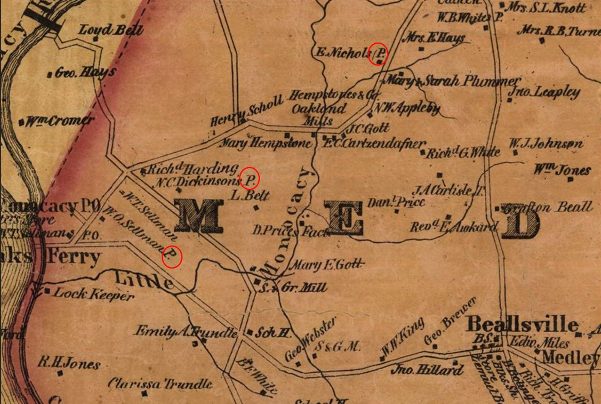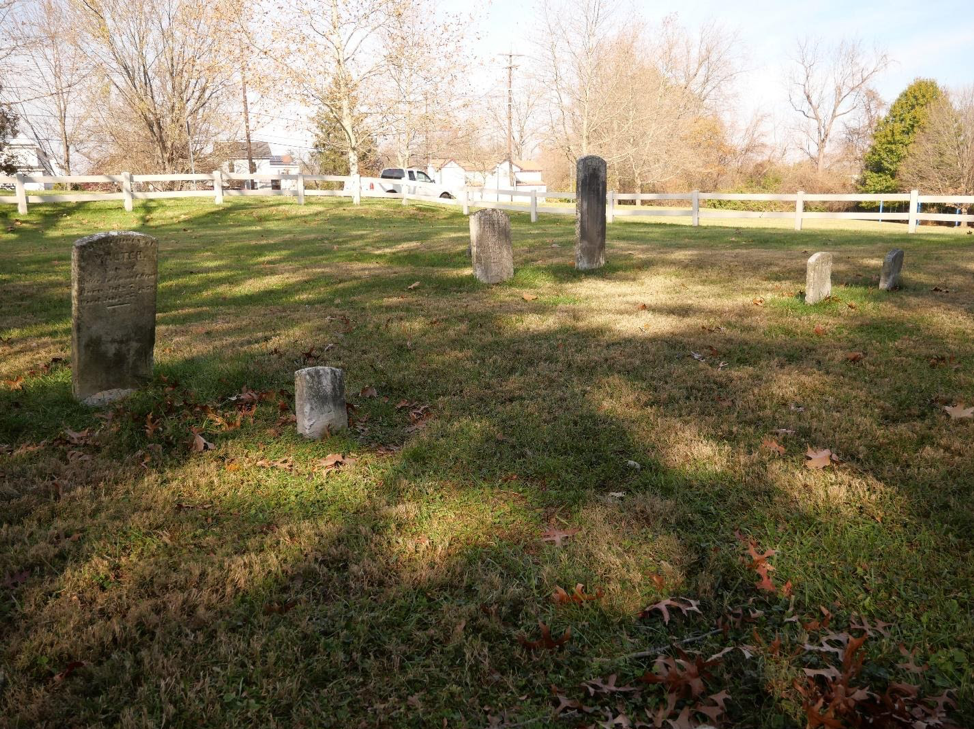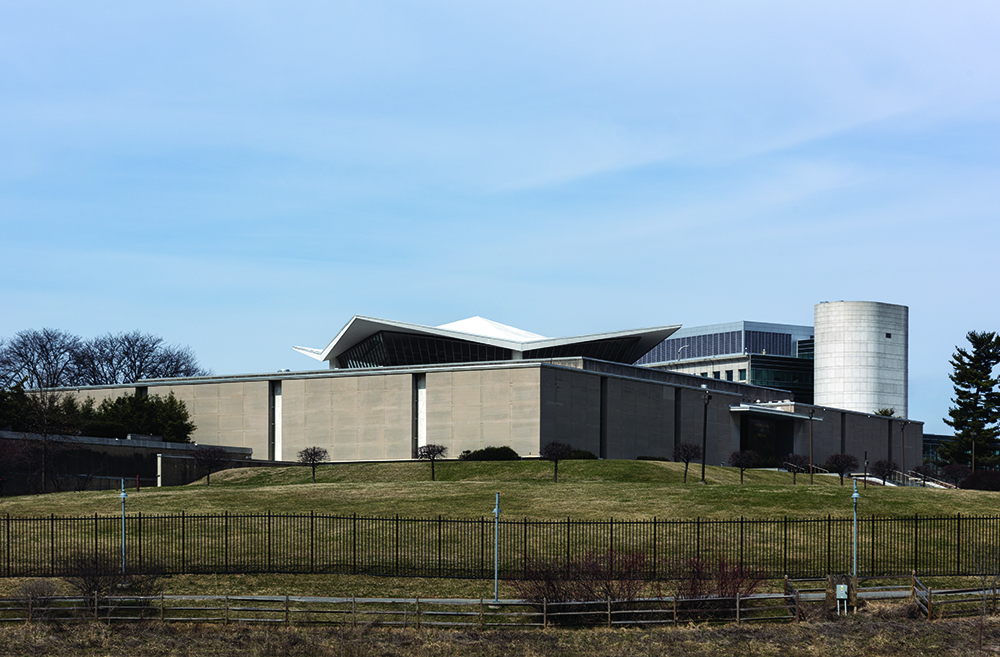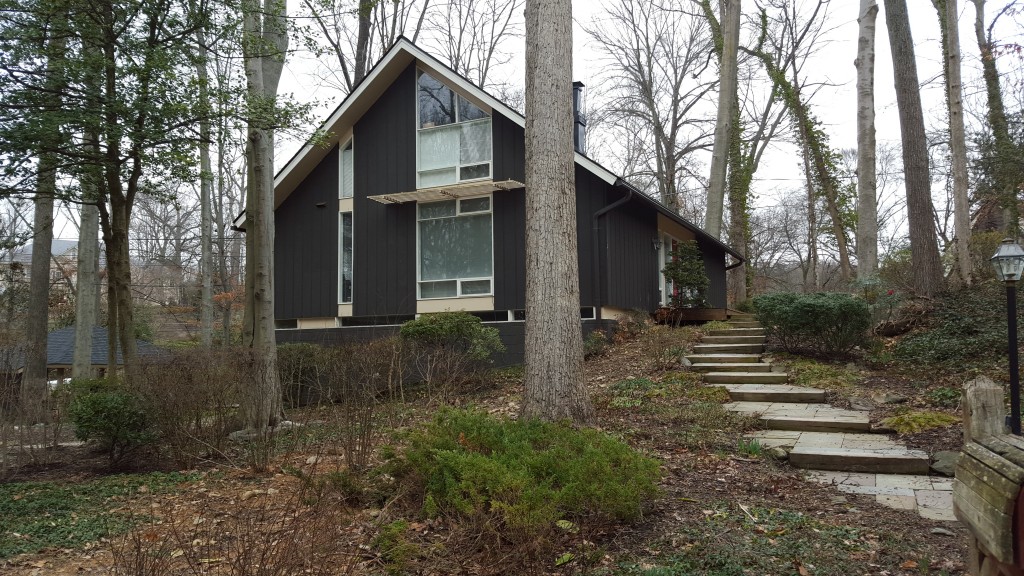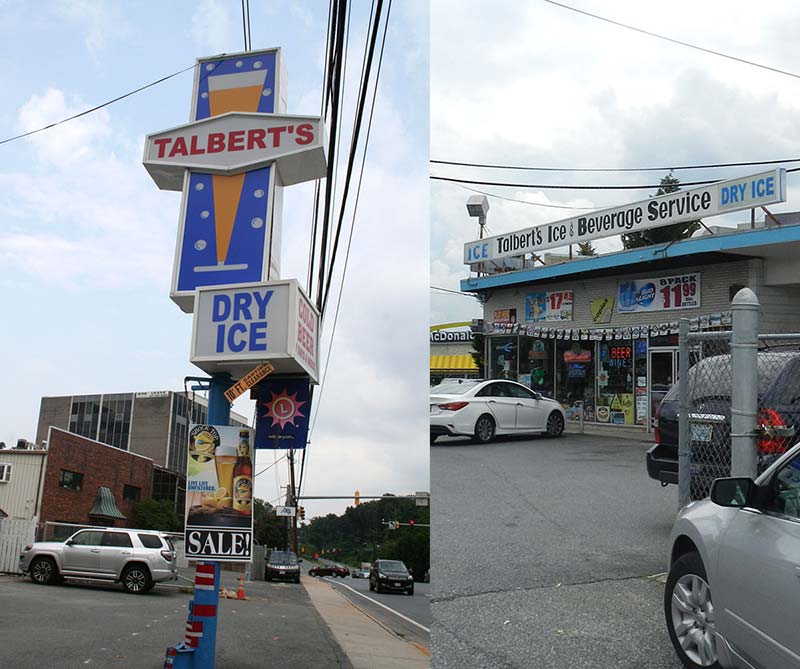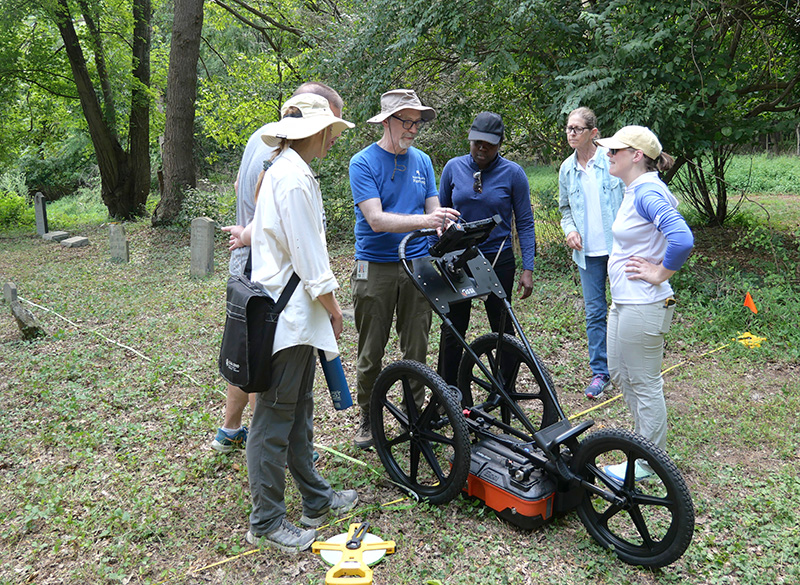
Searching for Lost Cemeteries
Montgomery Planning maintains the Montgomery County Burial Sites Inventory, a listing of over 300 cemeteries and burial sites around the county dating from before the arrival of Europeans in Maryland to burial grounds still in use today. However, there are 80 burial sites in the inventory that are no longer visible, and historical records only tell us approximately where they were. This may be because the graves were never marked, or the markers have been moved or have deteriorated. We are looking for these lost burial grounds, and we hope to get some help from modern technology – ground penetrating radar (GPR) – to recover this part of the county’s hidden past.
What is GPR? … Continue reading

